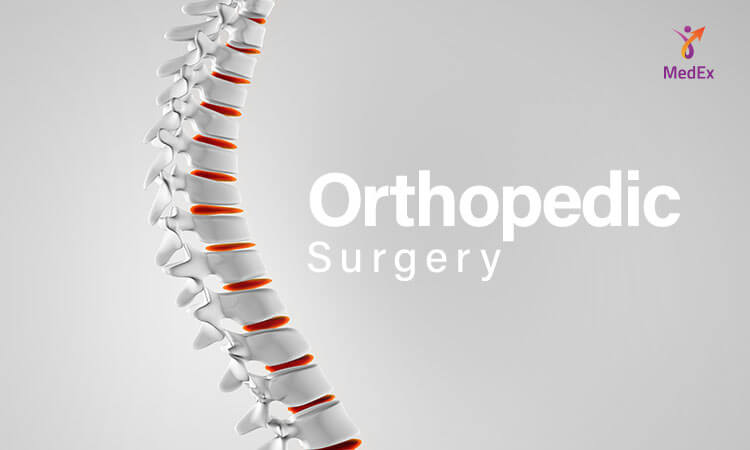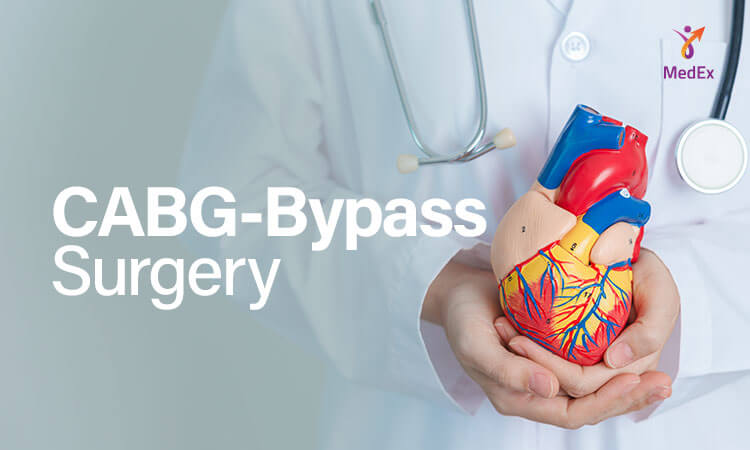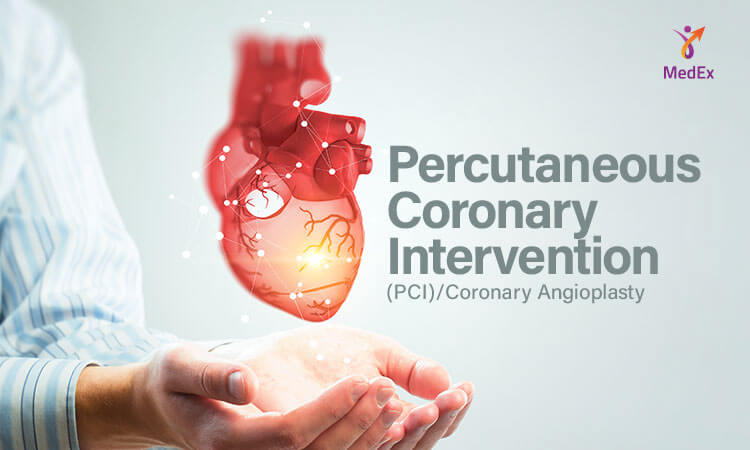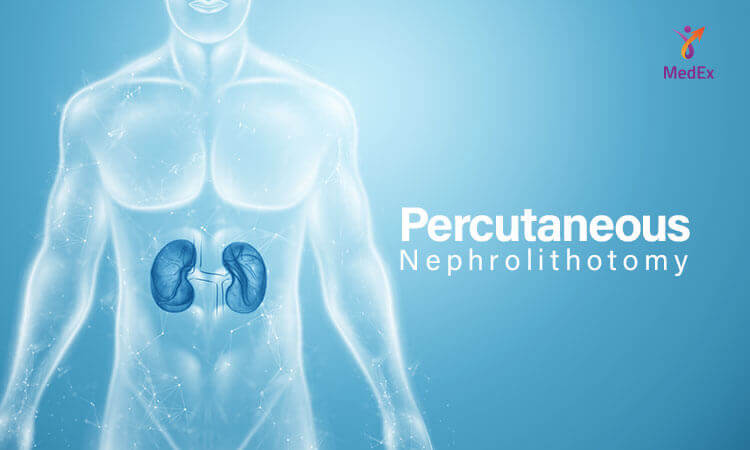Procedures
All You Need to Know About Procedures
Medical interventions for diagnosis, treatment, and management. Surgical or non-surgical, customized to patient needs, aimed at improving health outcomes and restoring function.

Orthopedic Surgery
Orthopedic Procedures
Most people will see an orthopedic surgeon at some point in their life, and some people will see one often. Yet there is often confusion about exactly which conditions orthopedic specialists treat. Orthopedic medicine treats the musculoskeletal system. Healthcare providers in this field of medicine specialize in the diagnosis, treatment, and therapy of conditions affecting bones, joints, muscles, tendons, ligaments, cartilage, and nerves in patients of all ages, from newborn babies to the elderly.
The musculoskeletal system comprises the framework of the body and the mechanics that make it function. While orthopedics focuses on this system specifically, the reality is that just about every medical specialty has some overlap with this specialty.
While some orthopedic surgeons undergo additional training to perform specialized types of surgeries, orthopedic surgeons in general spend the majority of their time treating patients outside of the operating room. Most orthopedic specialists have a busy office-based practice. Orthopedic surgeons can also be found working in the emergency room, taking care of patients in hospital wards, or even on the sidelines of sporting events.
It takes around 10 years of schooling and training post-college to become an orthopedic surgeon, but it’s a highly in-demand specialty. And even after more than a decade of training, many surgeons further sub-specialize within orthopedics.

Pacemaker Installation
Cardiovascular Procedures
A pacemaker is a small device that’s placed (implanted) in the chest to help control the heartbeat. It’s used to prevent the heart from beating too slowly. Implanting a pacemaker in the chest requires a surgical procedure. A pacemaker is also called a cardiac pacing device.
Types
Depending on your condition, you might have one of the following types of pacemakers.
- Single chamber pacemaker. This type usually carries electrical impulses to the right ventricle of your heart.
- Dual chamber pacemaker. This type carries electrical impulses to the right ventricle and the right atrium of your heart to help control the timing of contractions between the two chambers.
- Biventricular pacemaker. Biventricular pacing, also called cardiac resynchronization therapy, is for people who have heart failure and heartbeat problems. This type of pacemaker stimulates both of the lower heart chambers (the right and left ventricles) to make the heart beat more efficiently.
Why it’s done
A pacemaker is implanted to help control your heartbeat. Your doctor may recommend a temporary pacemaker when you have a slow heartbeat (bradycardia) after a heart attack, surgery or medication overdose but your heartbeat is otherwise expected to recover. A pacemaker may be implanted permanently to correct a chronic slow or irregular heartbeat or to help treat heart failure.
Happy Patients
Years of Experience
Therapist & Staff
Partners Providers

Many Solution Under One Roof
Comprehensive Healthcare Solutions: Checkups, STD tests, COVID tests, and a wide range of blood tests, all conveniently available under one roof for your healthcare needs.
- Extensive Blood Tests
- Convenient Clinic
- Prominent Promotions
- Efficient Service
Stages of Making Check-up
Explore the stages of a check-up, from booking to results, empowering you to actively participate in your health assessment. Prioritize early detection, interventions, and overall well-being as you navigate this comprehensive process.
Make an Appointment
Schedule, visit clinic, prioritize health. Efficient booking for comprehensive care.
Clinic Visit
Arrive, consult, discuss concerns. Engage in thorough examination for optimal care. Or can also Test On-Demand Location
Get Test
Undergo diagnostic tests. Gather crucial information for accurate assessment.
Get Result
Await and receive test outcome. Discuss next steps for informed healthcare decisions.
Do you have any health concerns?
Take a moment to consider any health concerns you may have. Prioritizing your well-being is crucial for maintaining a balanced and fulfilling life. Seek professional advice if you notice any persistent symptoms or changes in your overall health. Remember, your health is important, and addressing concerns early can lead to better outcomes.





























